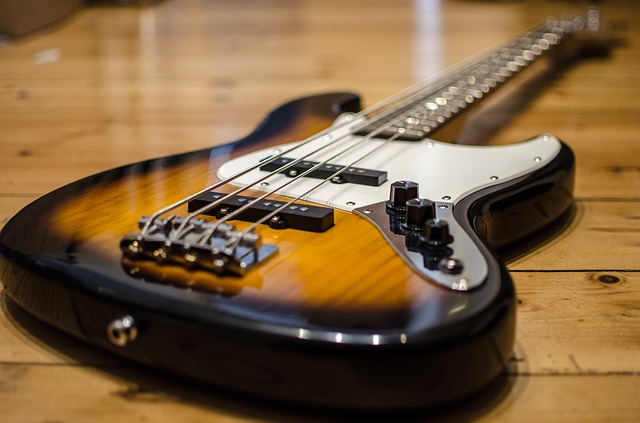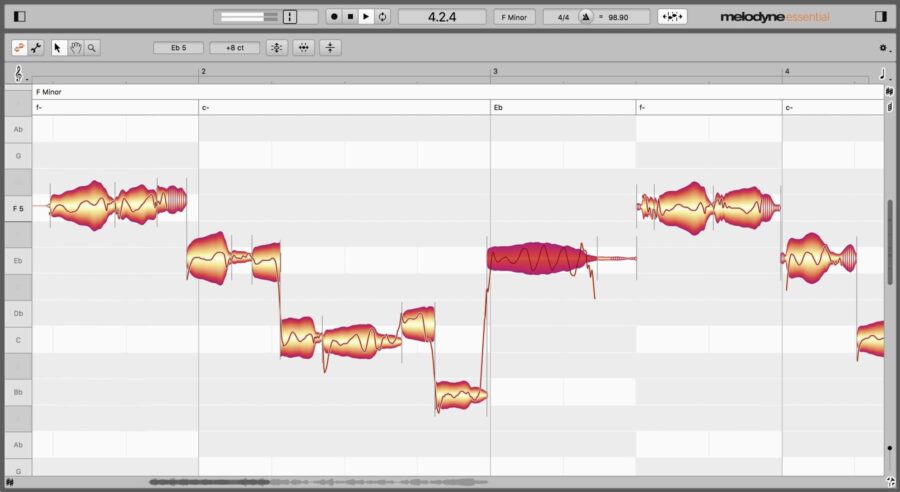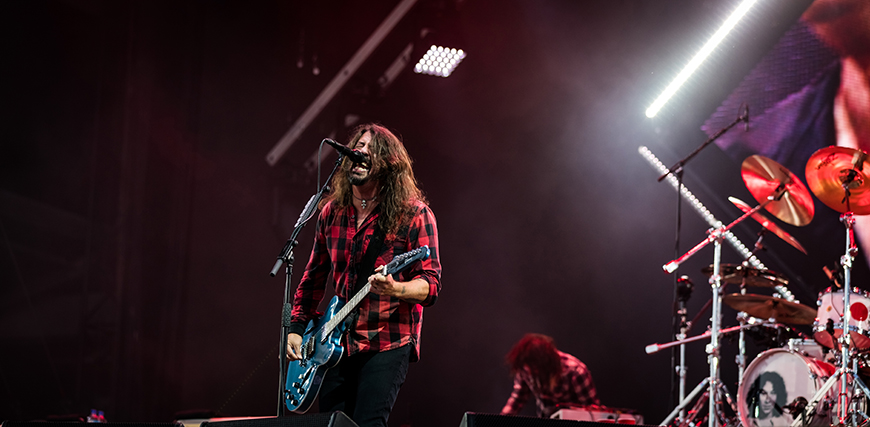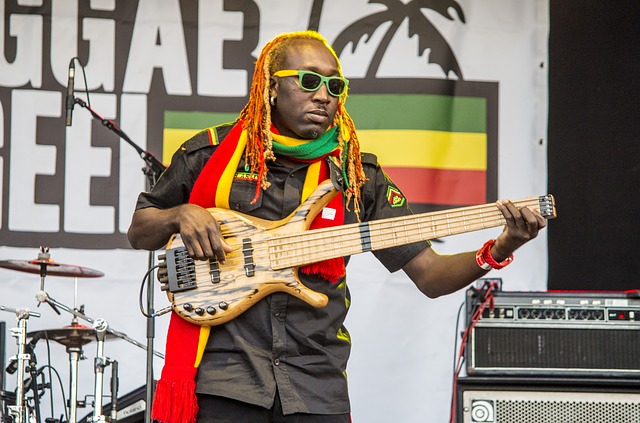
Regardless of the genre, the bass is an essential part of any song. There is no music (in modern popular genres) without a bass. Many people think that writing a bassline is the role of the music arranger or the producer, but I believe that all songwriters need to have a basic understanding, and ideally, all songwriters should know how to create a bassline because a good bass can make a huge difference in how the final song will sound.
This post will be in connection with the topic of music arrangement. So let’s take a look at some of the basics you need to know to start writing basslines.
Continue Reading






